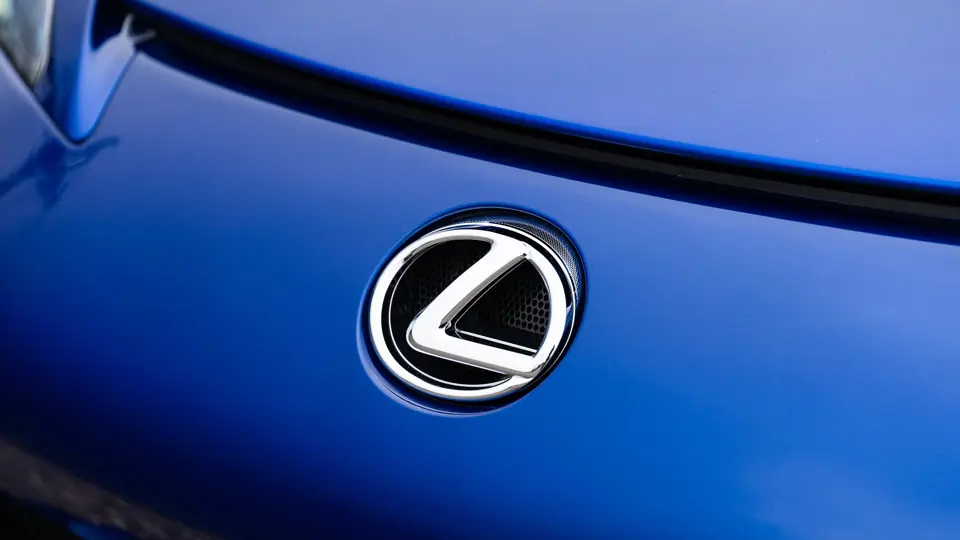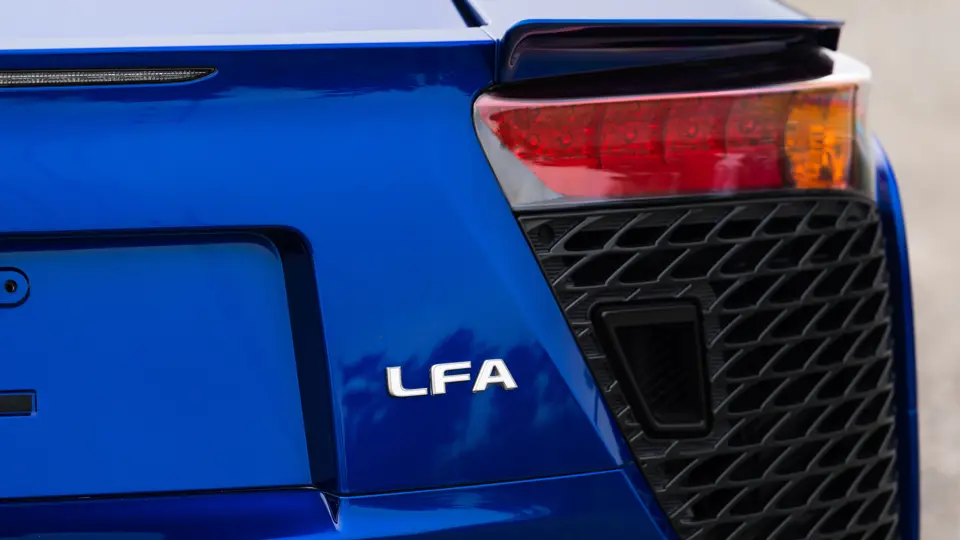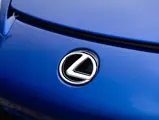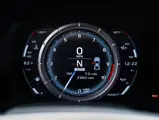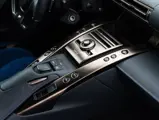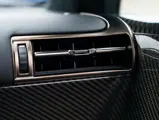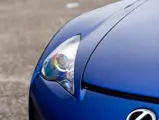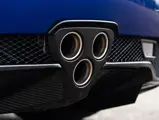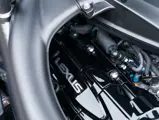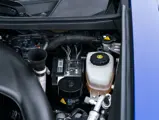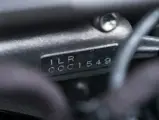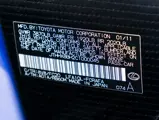In the pantheon of 21st-century performance cars, the Lexus LFA stands apart from its competitors as a curious outlier to the established market. Lexus, a company founded in 1989 by Toyota to take the brand up market, did not have the motorsport heritage of its European competitors, instead specialising in luxury saloons. At first glance, at least, there was little precedent for a car such as the LFA to be built by the firm.
But while rival Honda had taken the pioneering leap to enter the supercar market with its NSX in 1990, it was arguably Toyota that had greater pedigree. In 1965, at a time when Soichiro Honda had scarcely been producing automobiles for more than a couple of years, Toyota stunned the world with its sleek and sexy 2000 GT—a true performance car and worthy rival to the likes of the Jaguar E-Type. It only made sense that Toyota’s halo brand, Lexus, would be chosen to produce the 2000 GT’s spiritual successor.
The story of the LFA’s development is almost as fascinating as the car itself—a labour of love with a gestation period that lasted for nearly a decade. What began in 2000 as an attempt to showcase the firm’s technological capabilities only made the transition to concept car by 2005. Midway through the car’s development phase, the LFA’s platform was switched from a conventional aluminium chassis to a carbon fibre tub, a development made possible by Lexus’ invention of a circular loom that allowed engineers to weave strands of carbon fibre directly around a form.
Meanwhile, the model’s groundbreaking V-10 engine was developed alongside motorcycle manufacturer Yamaha with input from Toyota’s Formula 1 engineers. Boasting forged aluminium pistons, titanium connecting rods, and solid titanium valves, the 4,805-cc engine was capable of producing more than 550 horsepower, while its exhaust note was described by chief engineer Haruhiko Tanahashi as being like ‘the roar of an angel’. In a US television advert, the V-10’s exhaust note was used to shatter a champagne flute. The LFA brought to bear the full force of Toyota and Lexus’ resources to create a truly incredible car that would, like the 2000 GT that preceded it, change the way in which Japanese performance cars were viewed forever.
In total, just 500 LFAs were built (comprising 436 regular production examples and 64 LFA Nürburgring editions). Lexus’ home market of Japan received the biggest allotment of LFAs, while North America proved to be its second most popular market. Just nine LFAs were finished in Pearl Blue (8V8), with only three of those cars destined for the US. Of those nine cars, it is believed that this is likely the only example with an interior trimmed in Blue Alcantara, making this a unique specification within LFA production. Additional options include the ‘Blackish-Brown’ metal finish on the interior trim, blue floor mats, blue leather steering wheel, and black headlining.
Built for the 2012 model year, this LFA has resided within single-family ownership from new. Well preserved, the car has been seldom driven over the past 10 years and is currently showing just under 3,000 miles on its odometer.
From the Porsche 959 and McLaren F1 to the more recent Porsche Carrera GT, some of the most desirable and sought-after automobiles of today were the product of overambition. Often marked by a lengthy gestation and astronomical development costs that resulted in little to no profit for their manufacturers, slow sales leading to limited production numbers, and a mystique that has only increased their desirability over time. Looking back, the Lexus LFA bears all the hallmarks of a future collectible.
At its launch, the brilliance of the Lexus LFA was obscured by a simply staggering asking price. While it was expected to be priced on par with the Mercedes-Benz SLS, the LFA ended up costing more than twice as much, limiting production numbers and elevating it to a level of scrutiny reserved for the very best hypercars. As the years have rolled by and that fog has begun to clear, what has emerged is a growing appreciation of this ground-breaking technological tour de force and modern performance icon—a car so brilliant and uncompromising it is unlikely to be repeated. Indeed, Lexus has made clear that there will be no replacement for the LFA, ensuring it will remain the company’s halo car for the foreseeable future.
For the forward-thinking collector or enthusiast, a low-mileage LFA in a one-off specification such as this would be the perfect addition to any collection of Japanese performance cars and would prove more than a match to any of its established European rivals.


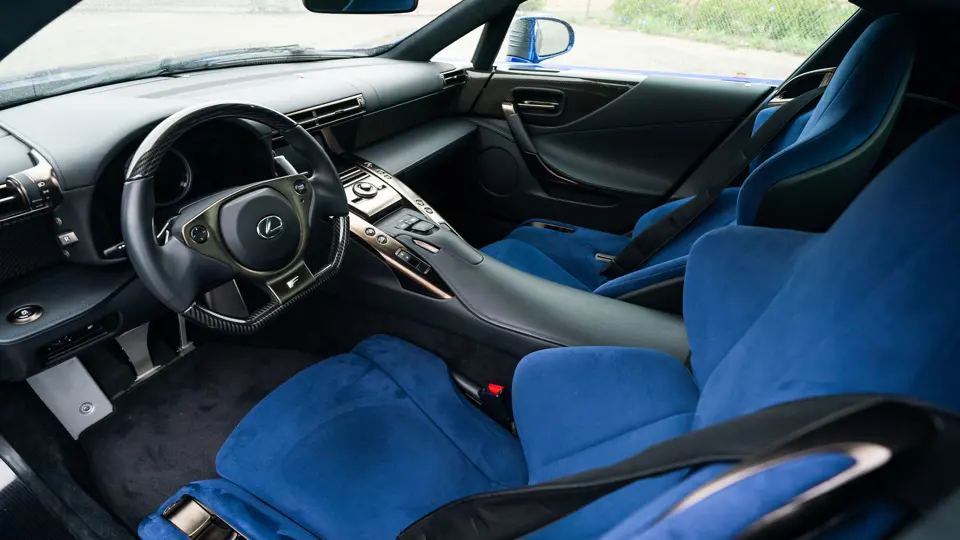

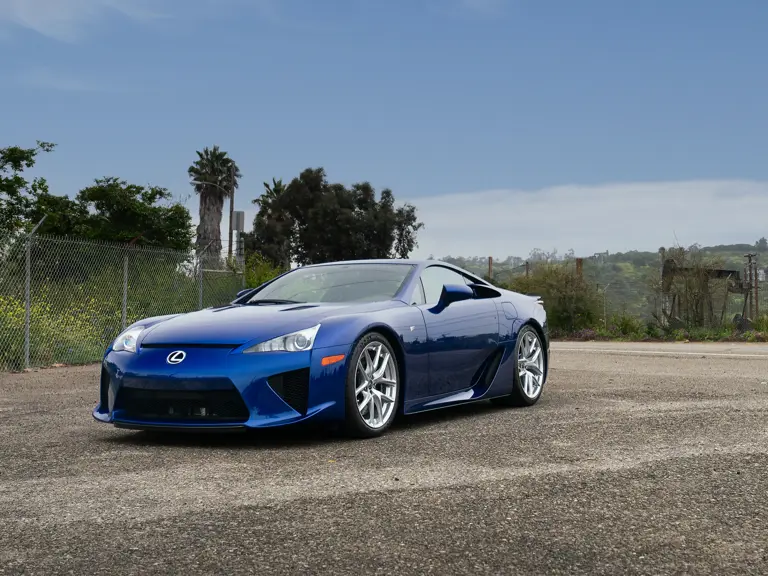

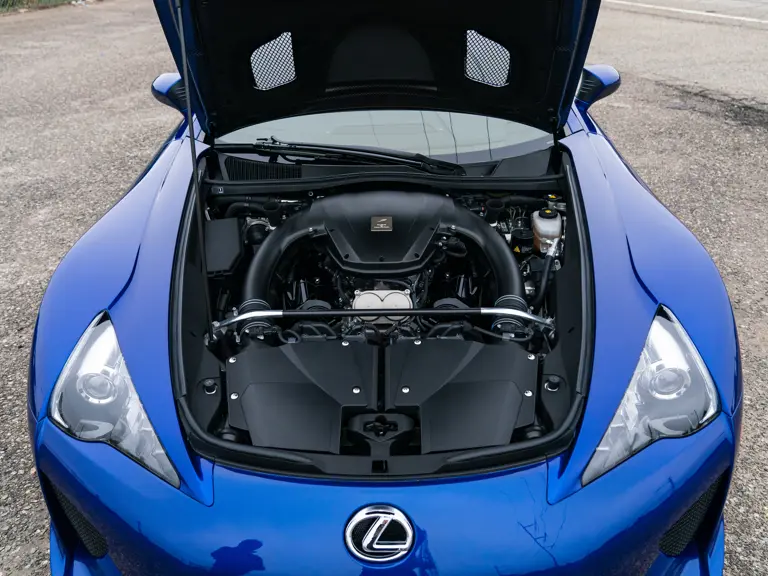
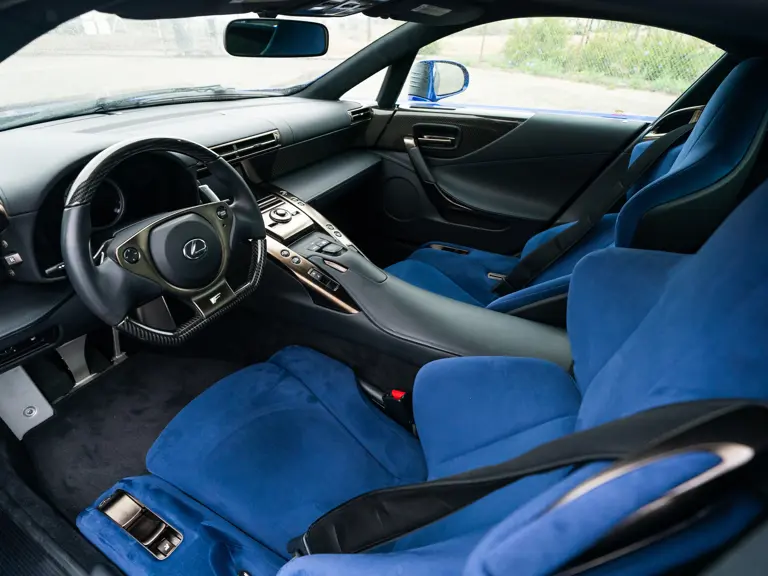
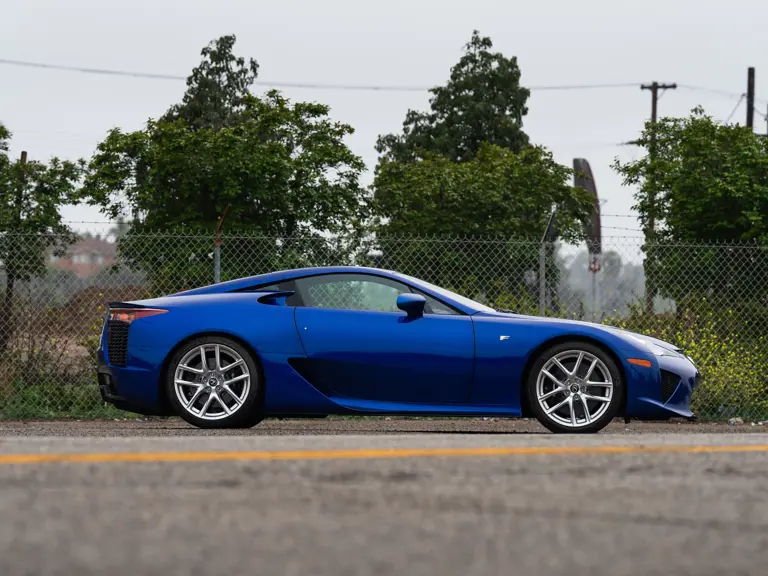



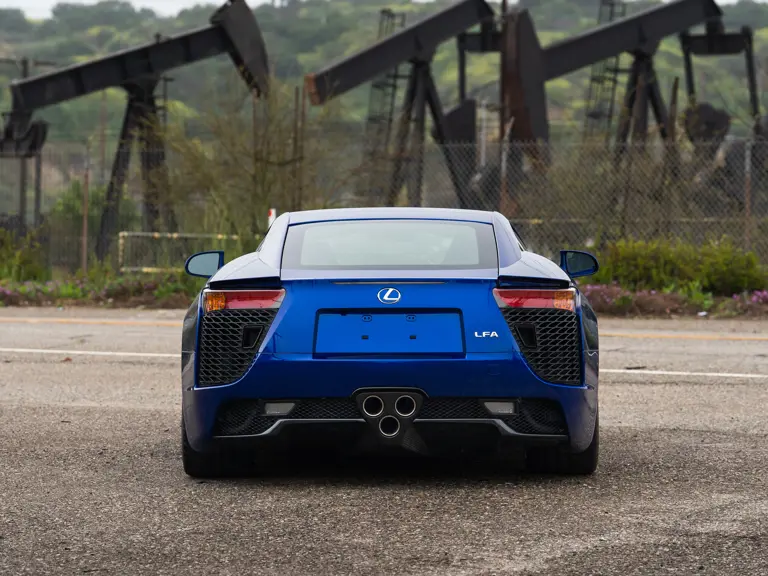

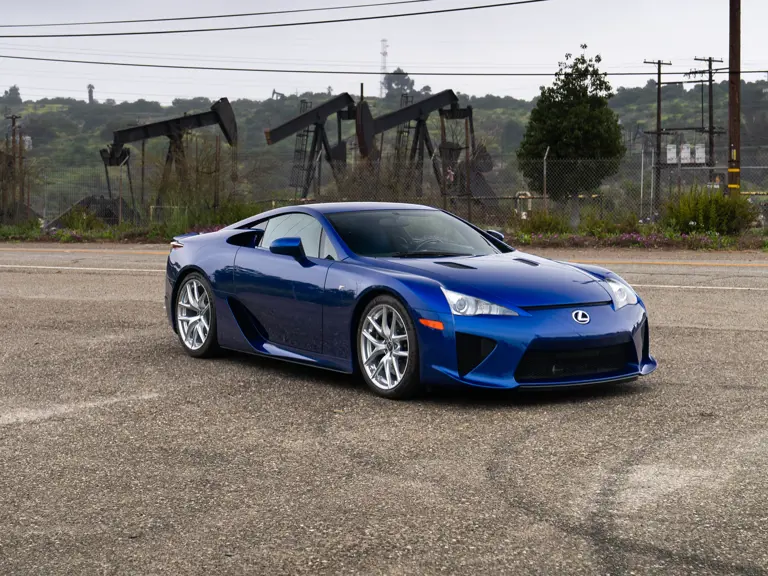

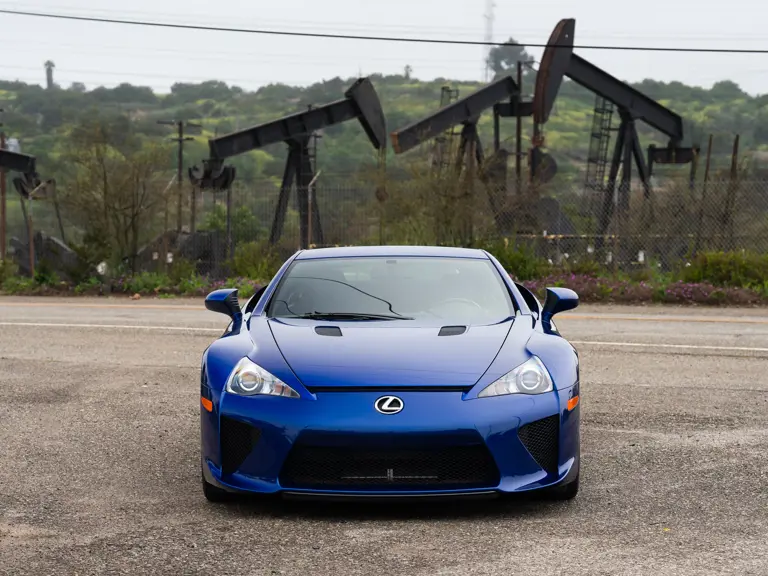
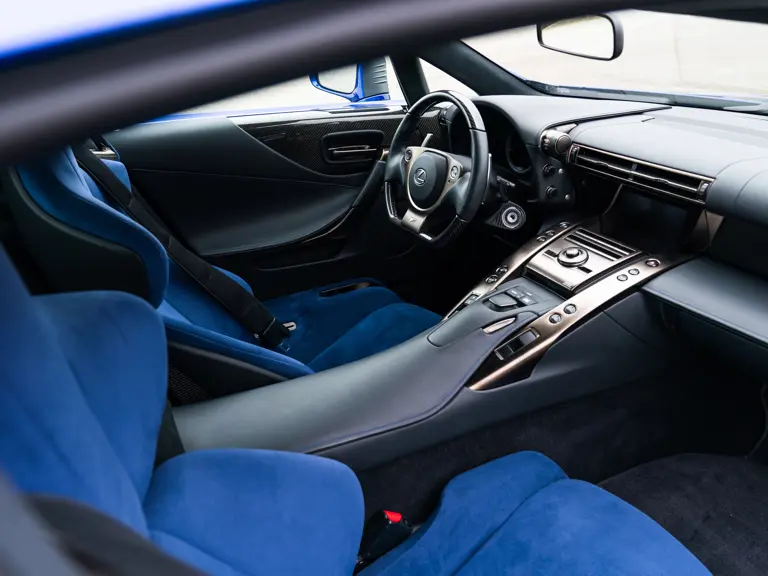



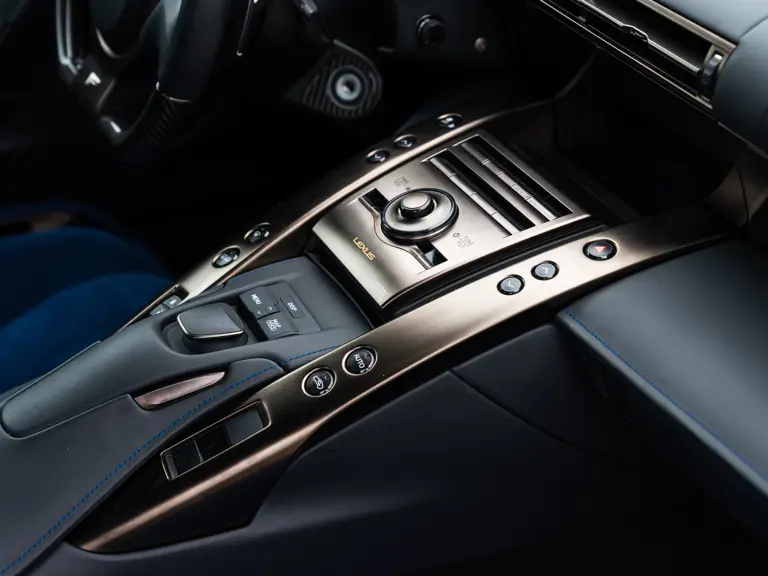

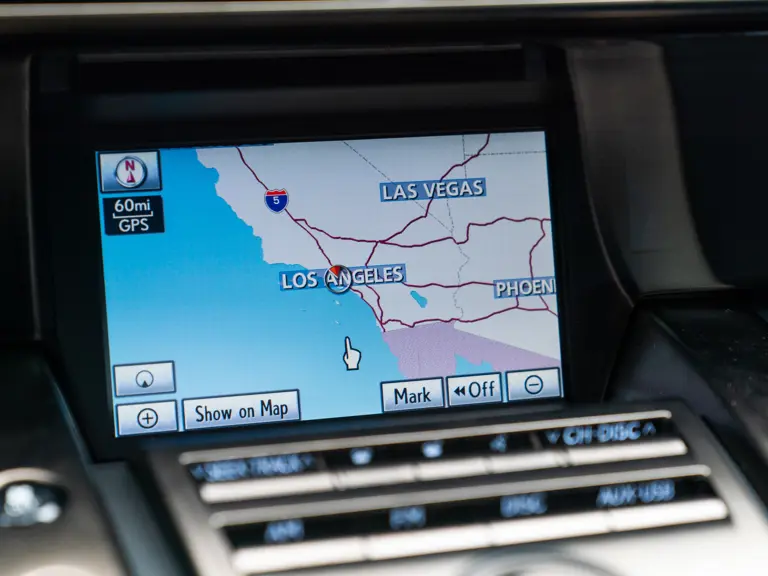
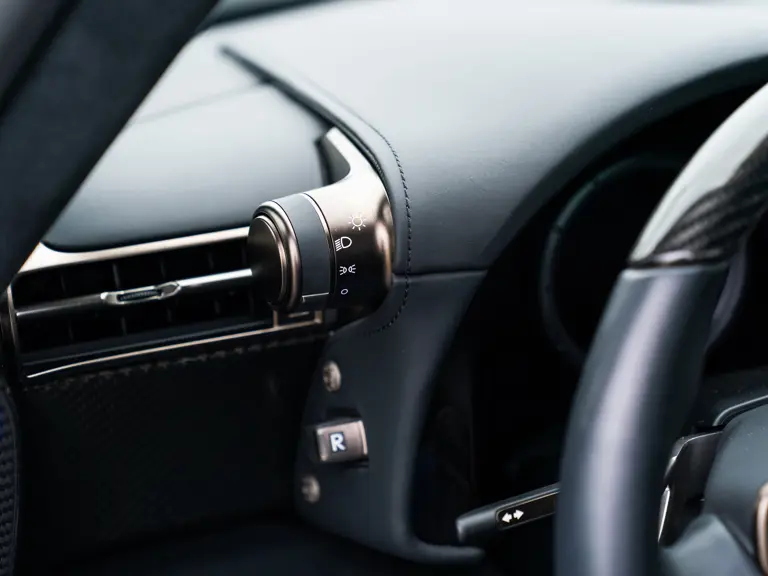



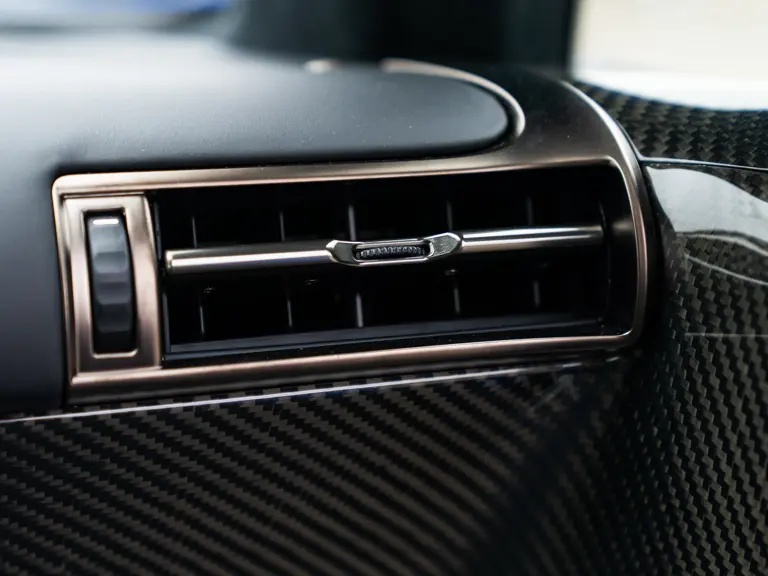
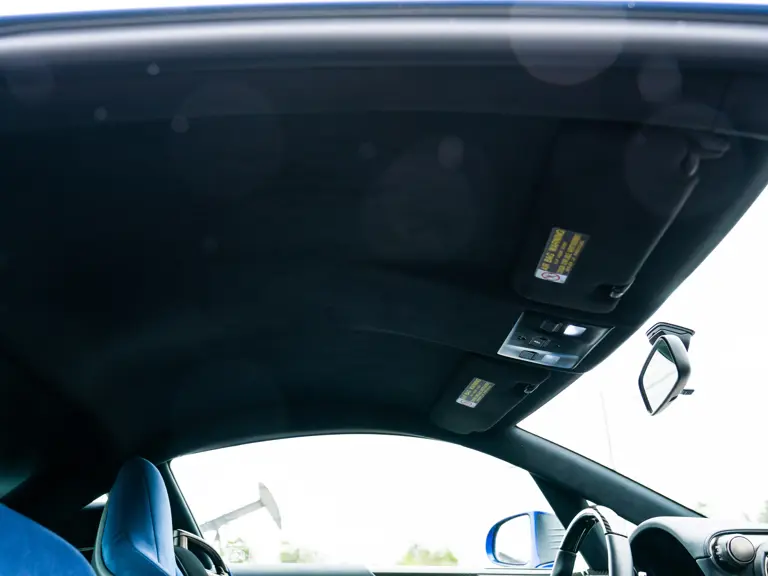
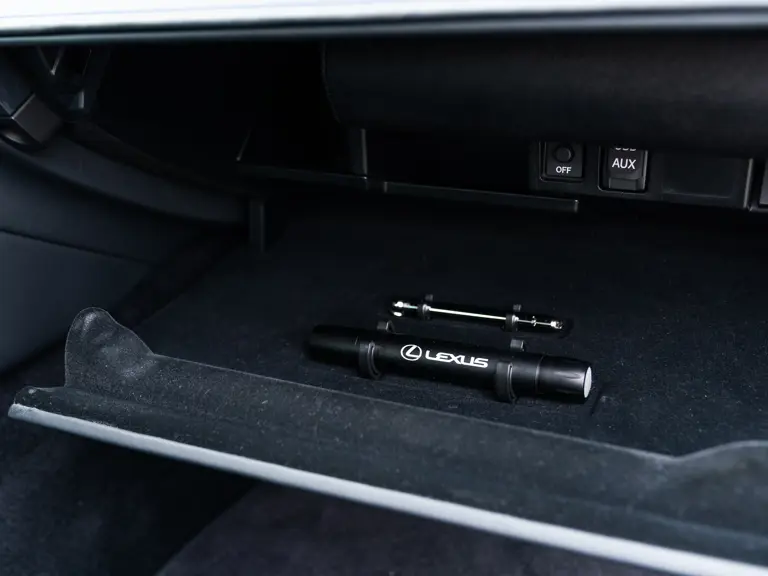


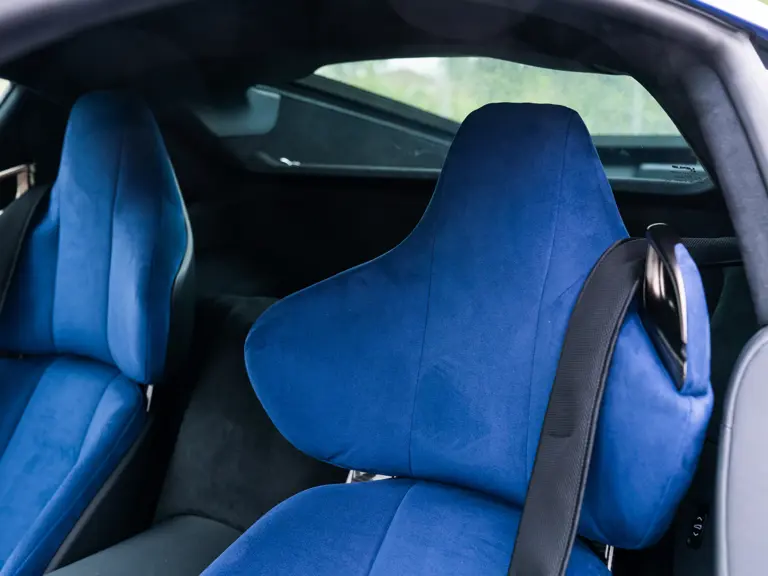
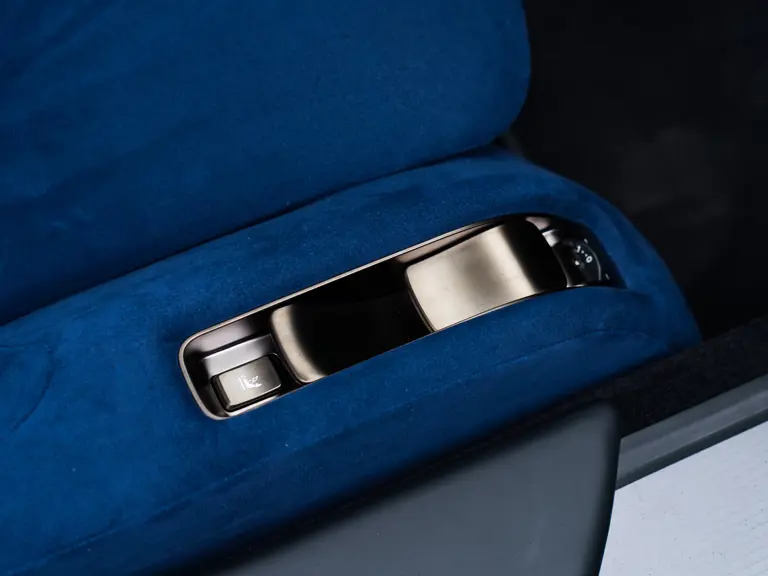
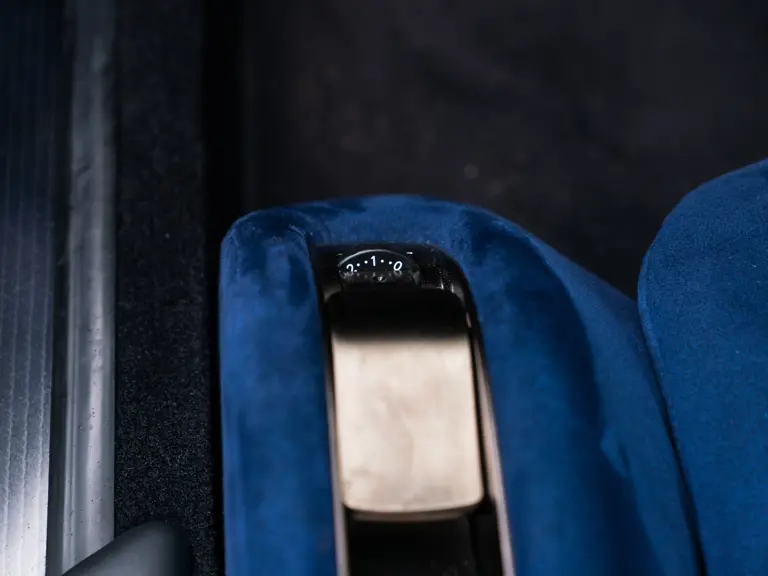
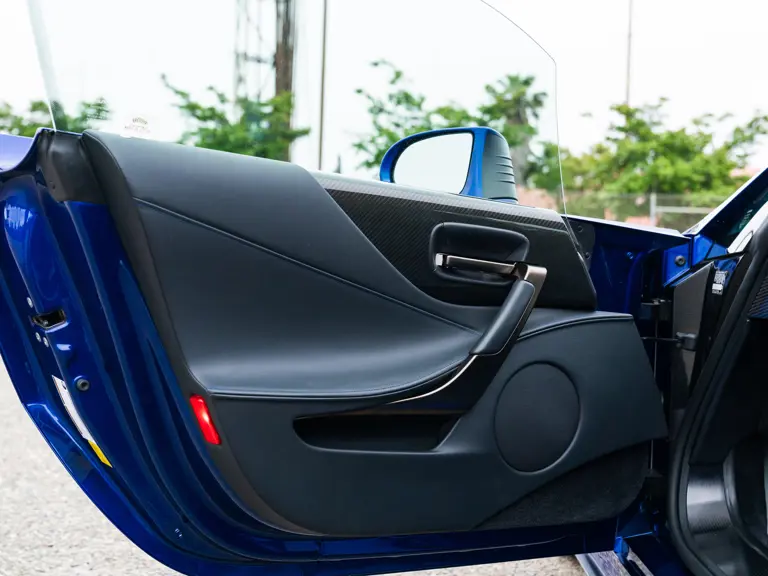
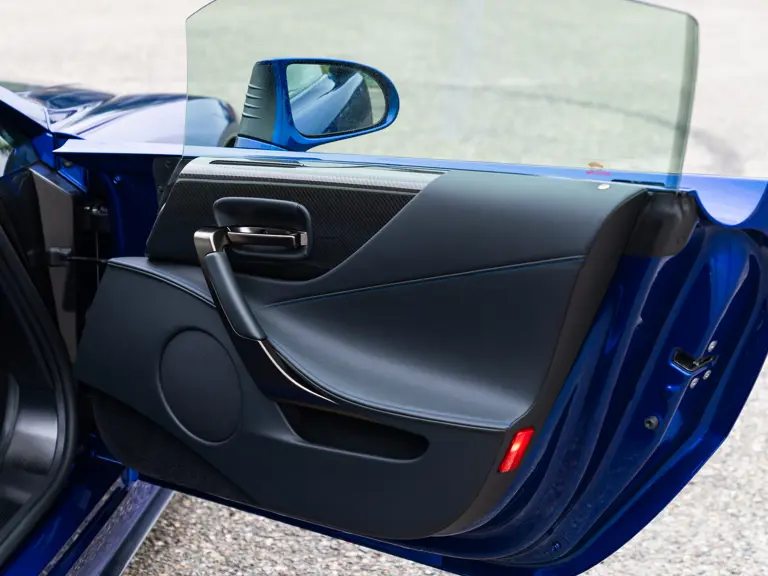
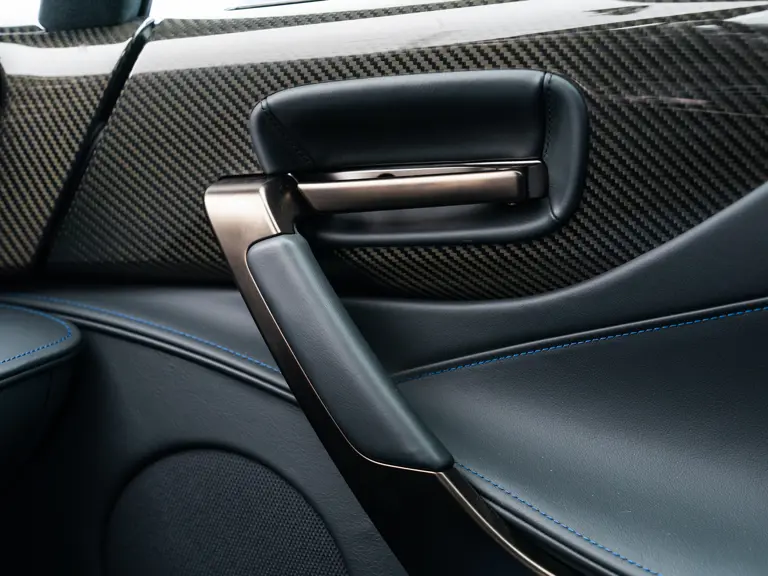

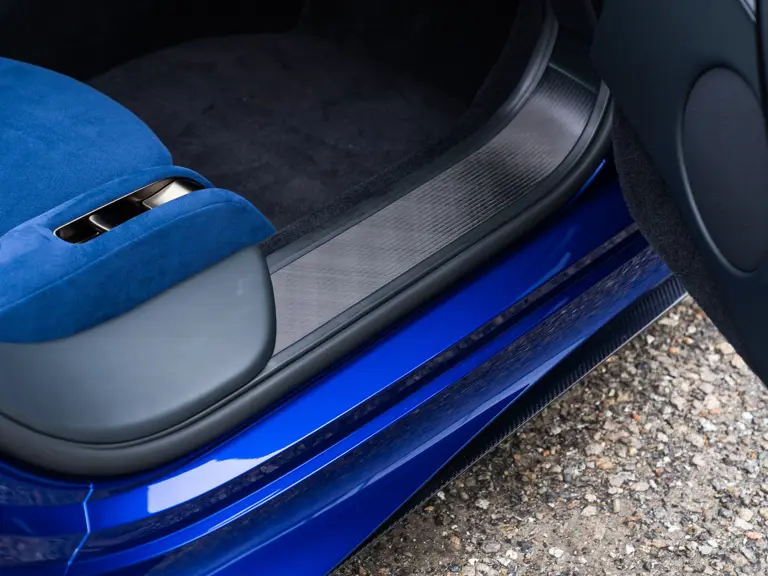
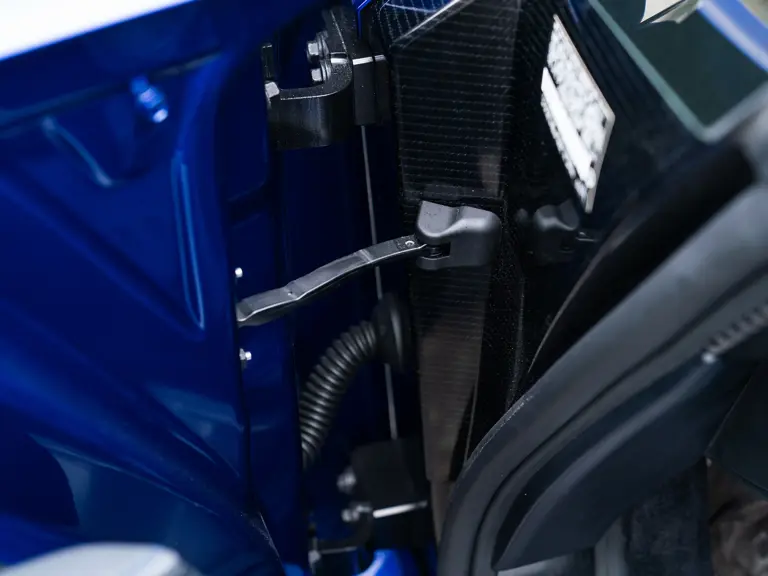


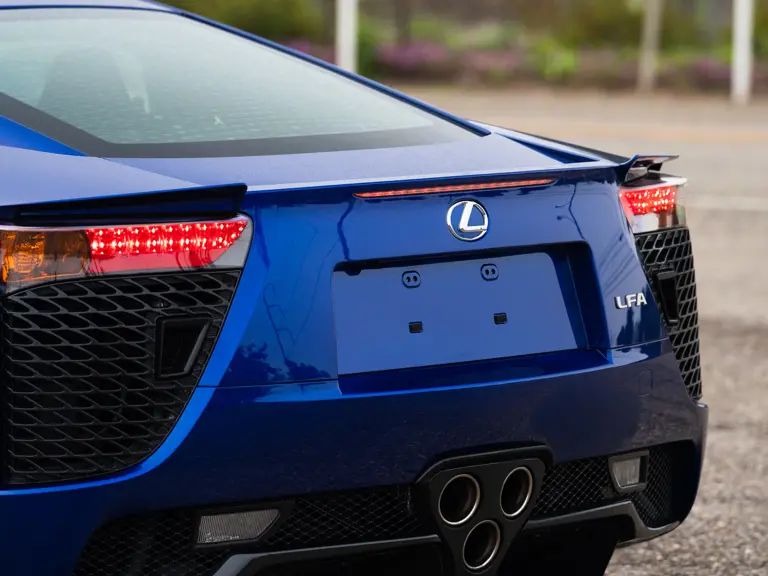
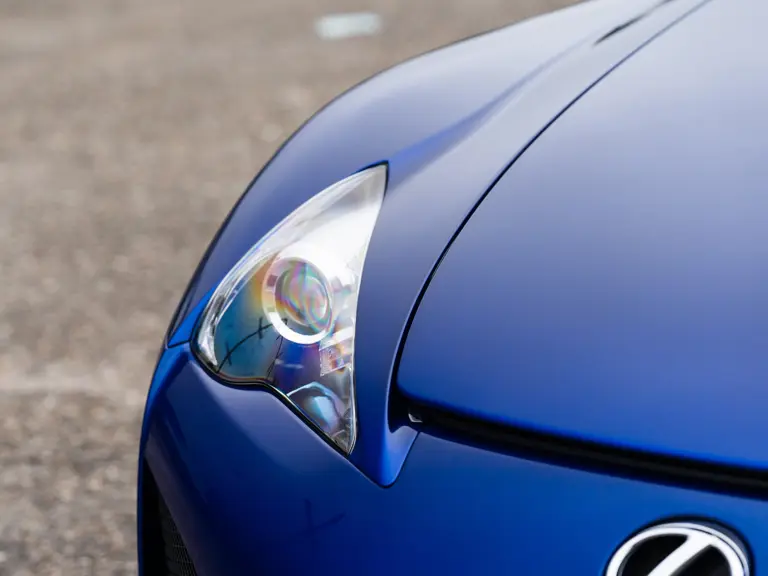

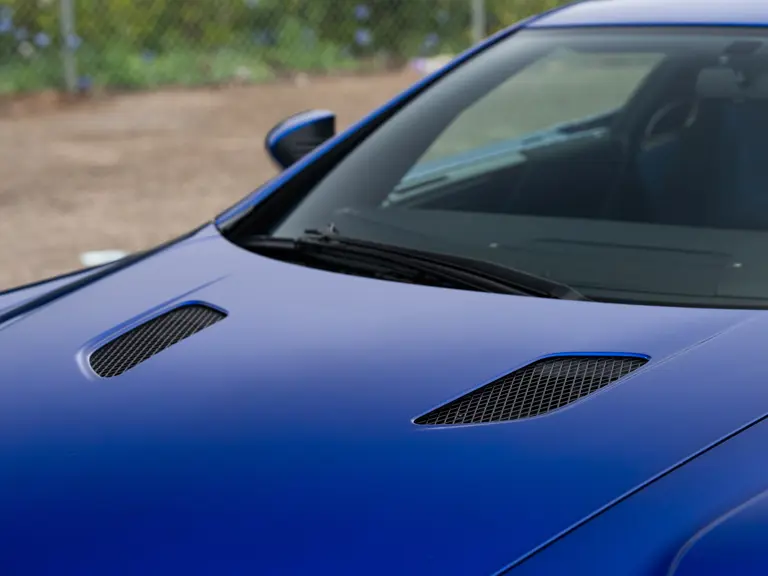
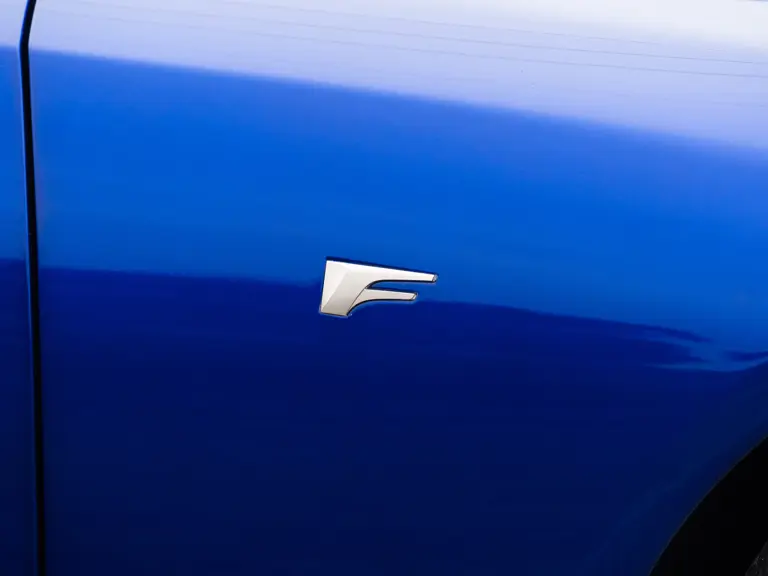
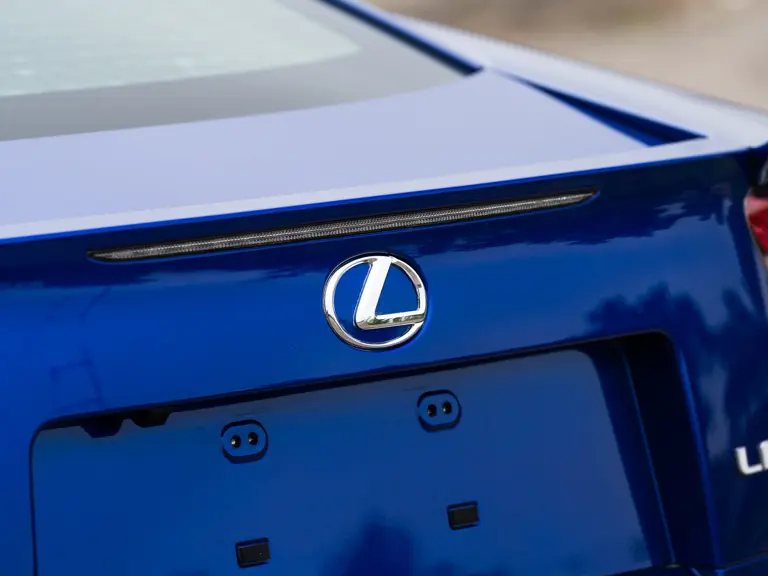
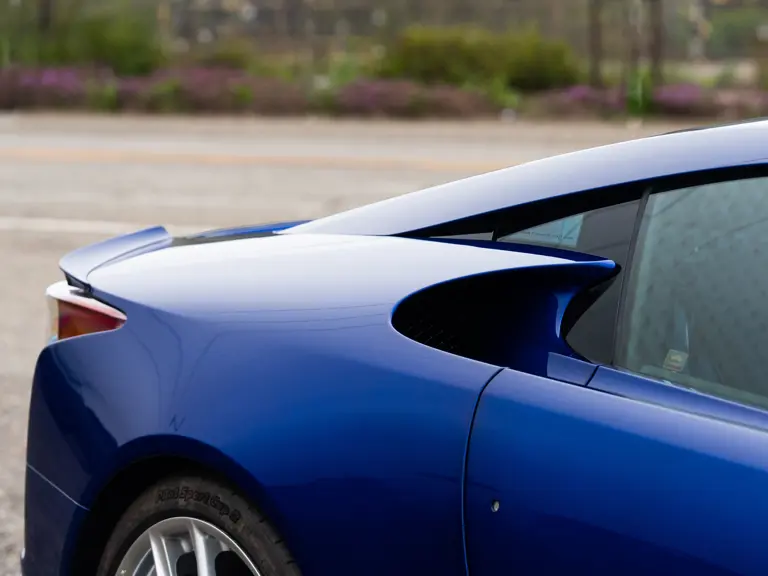
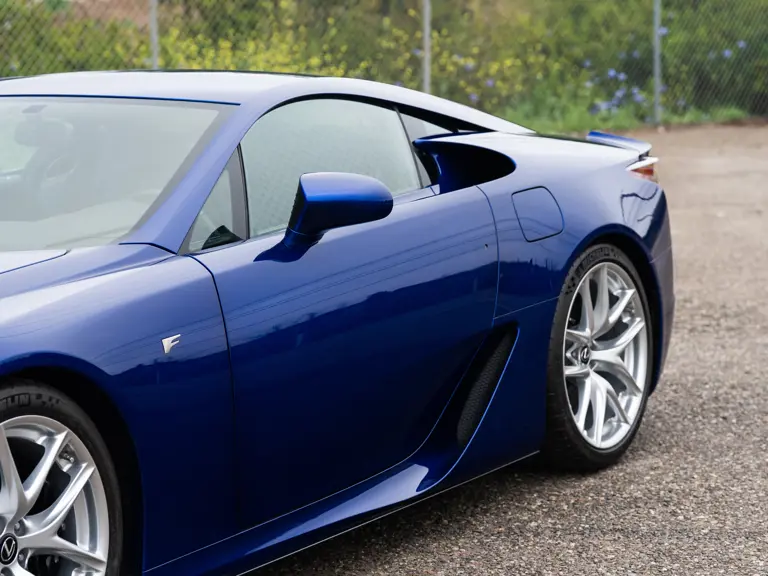
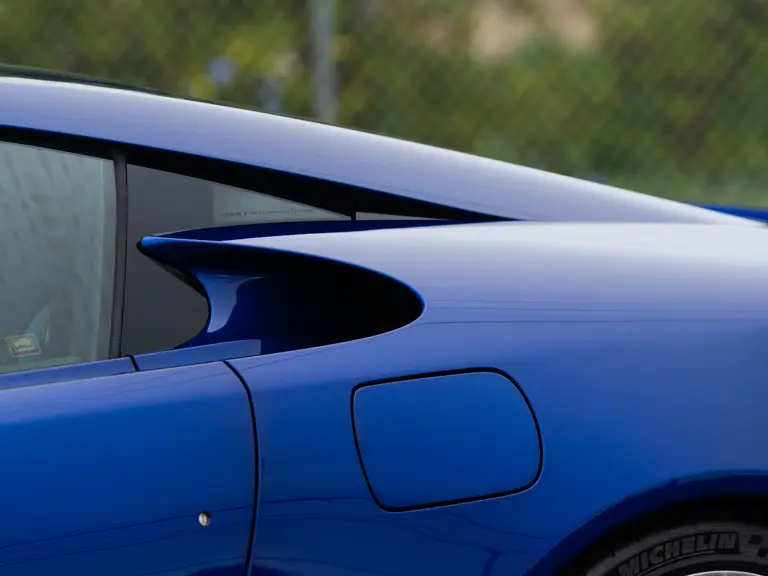
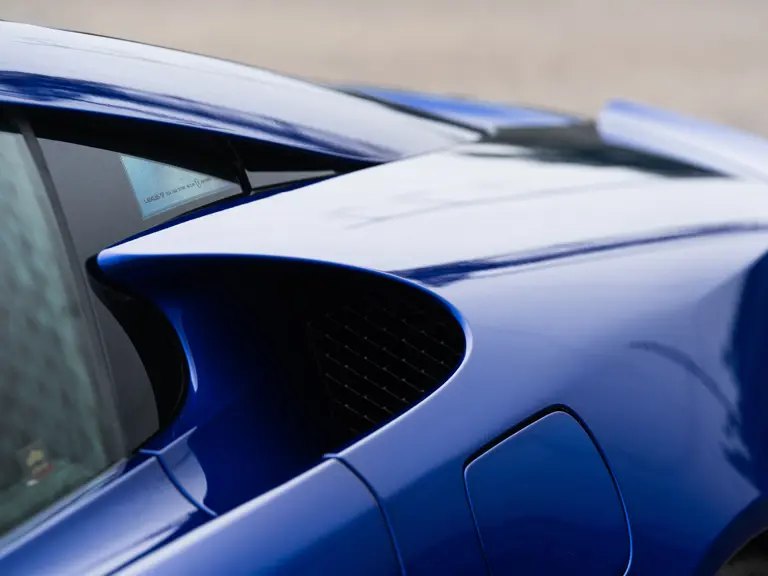

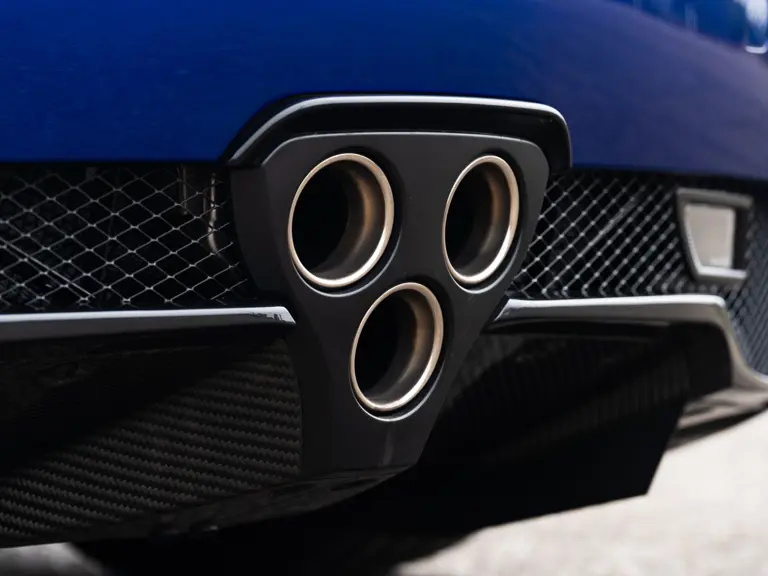
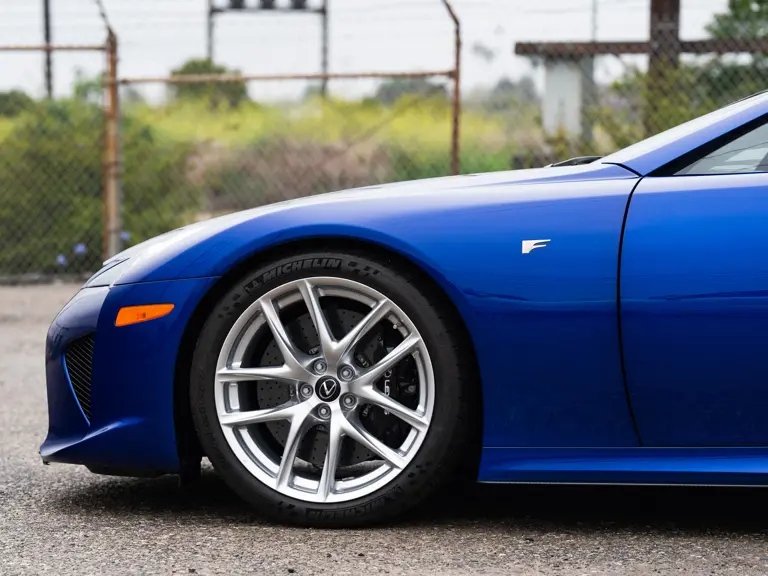
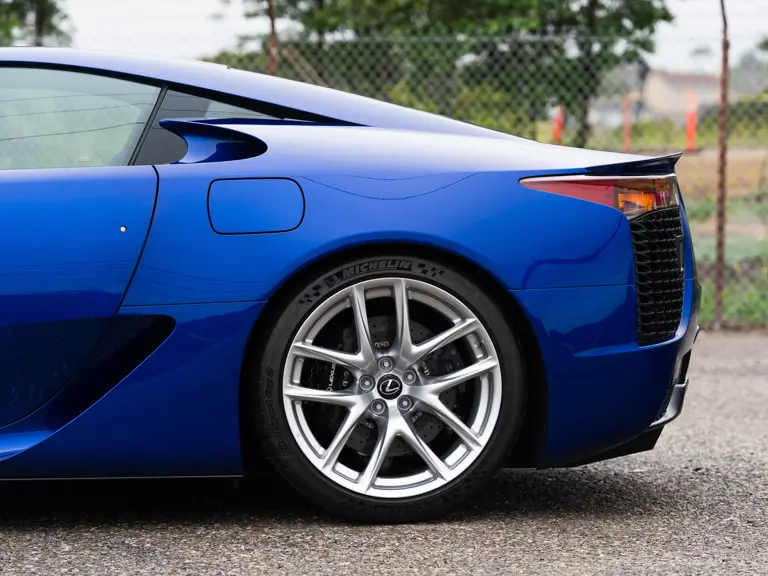
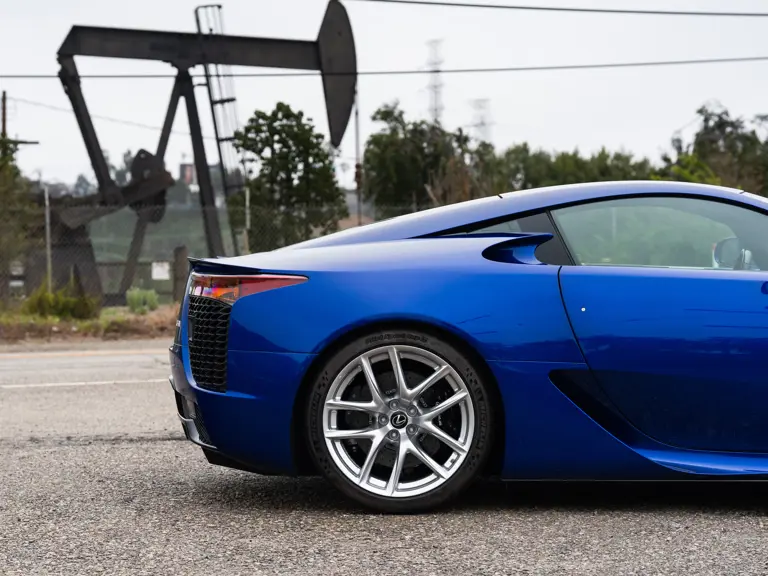



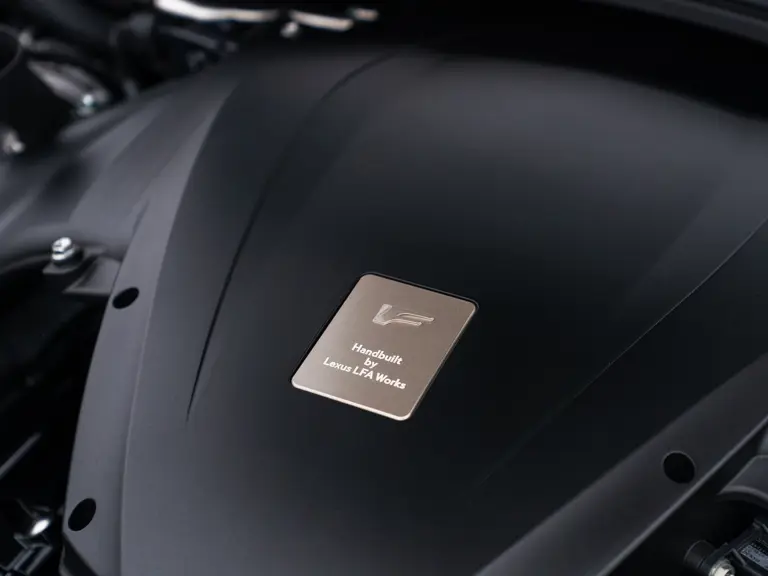
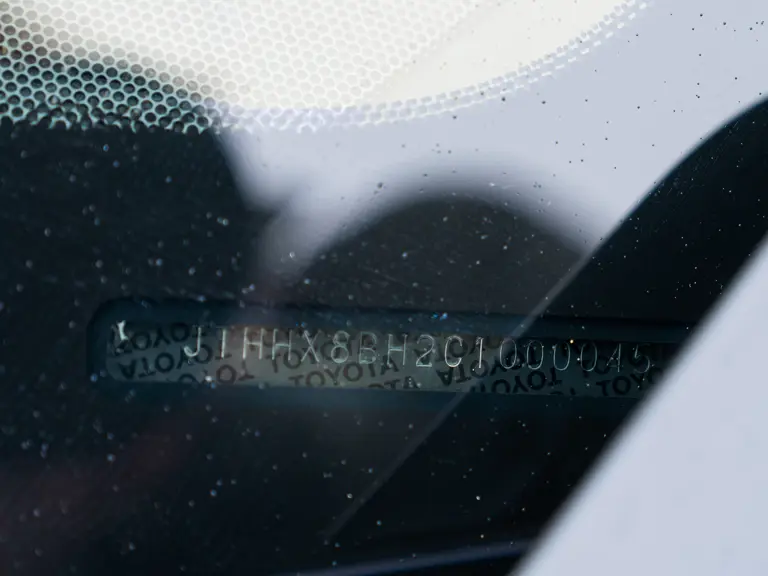
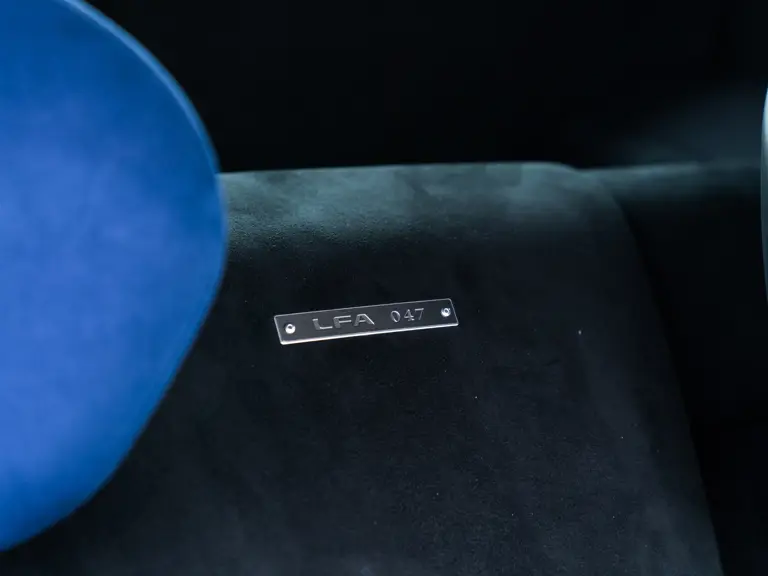
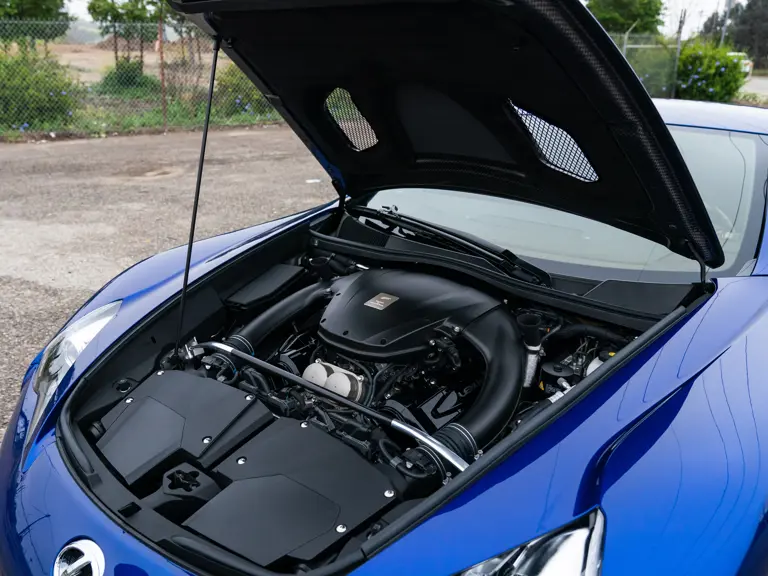
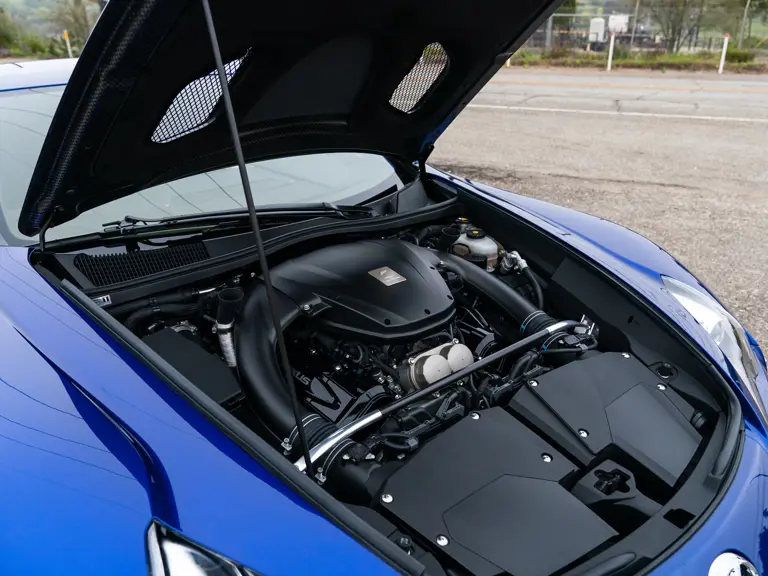
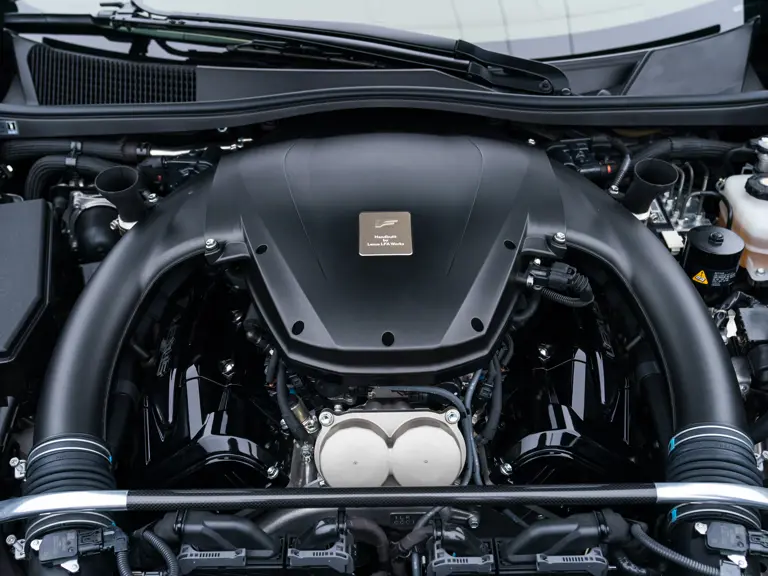
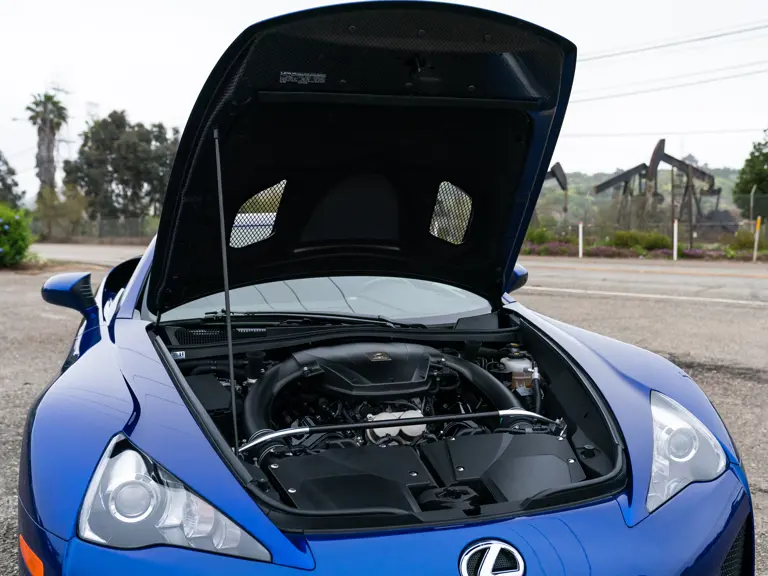
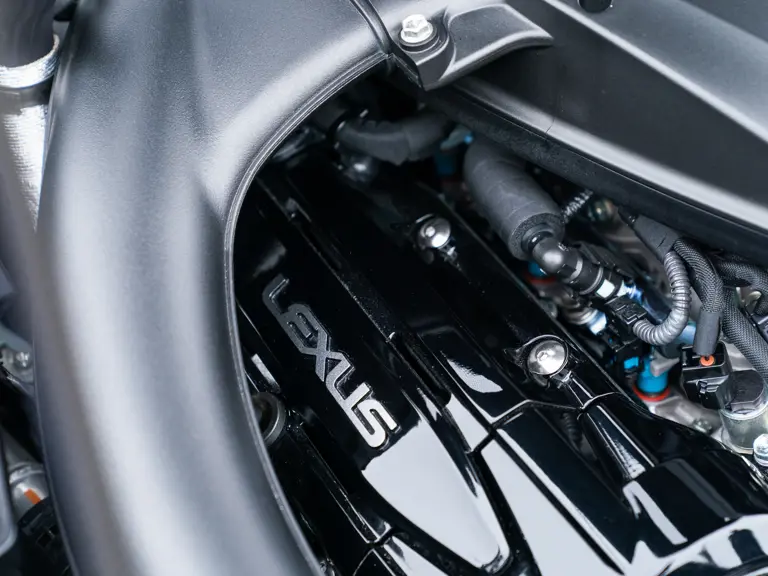
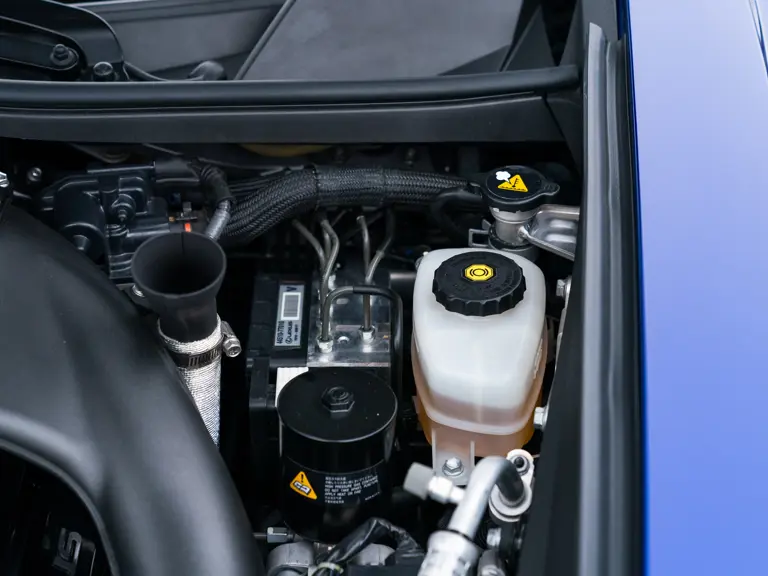
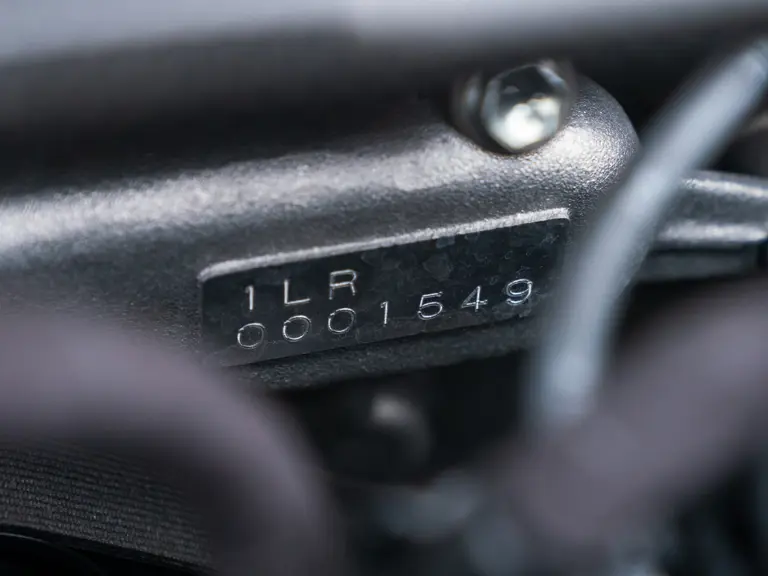
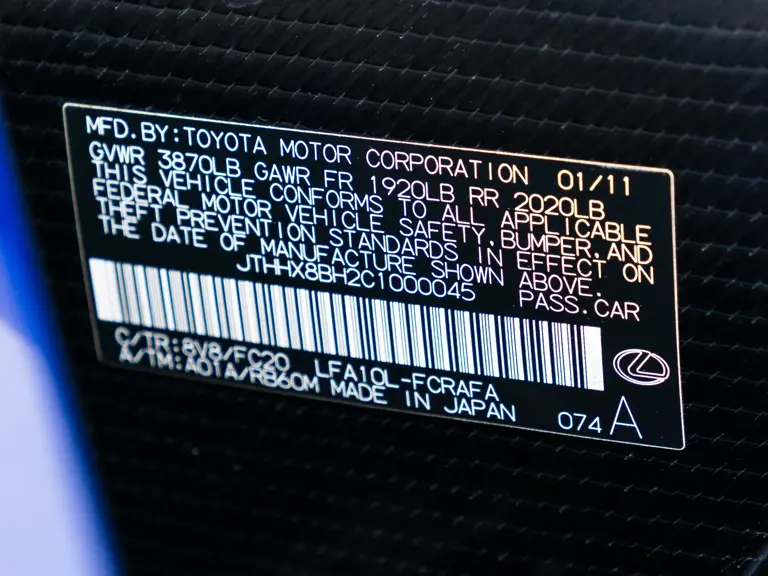
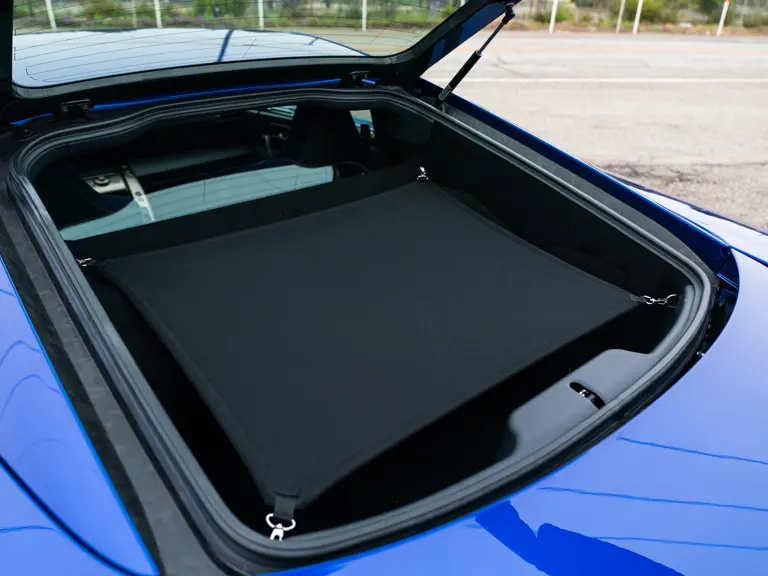



 | Culver City, California
| Culver City, California

